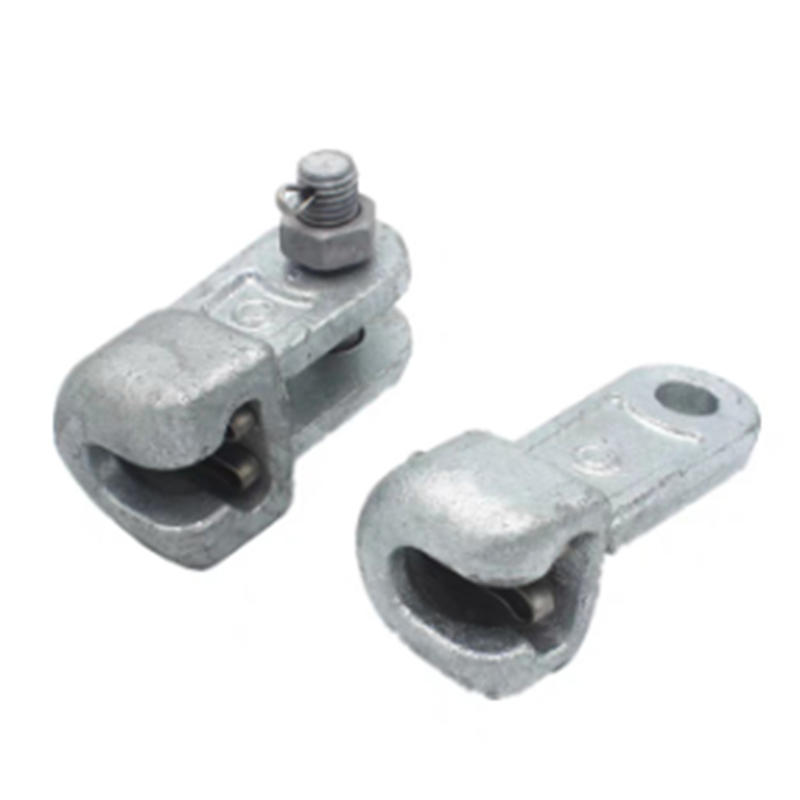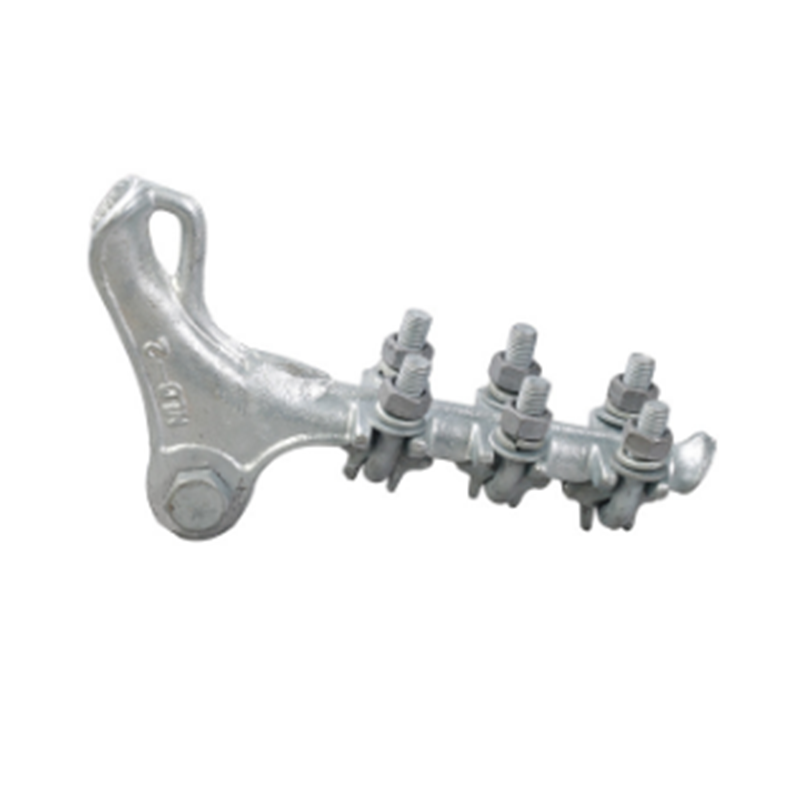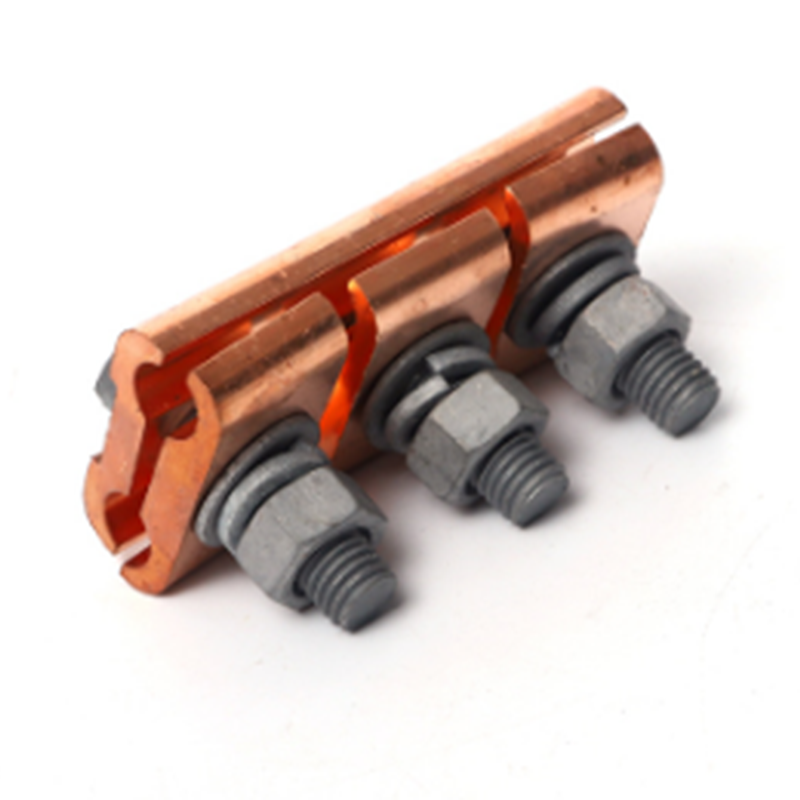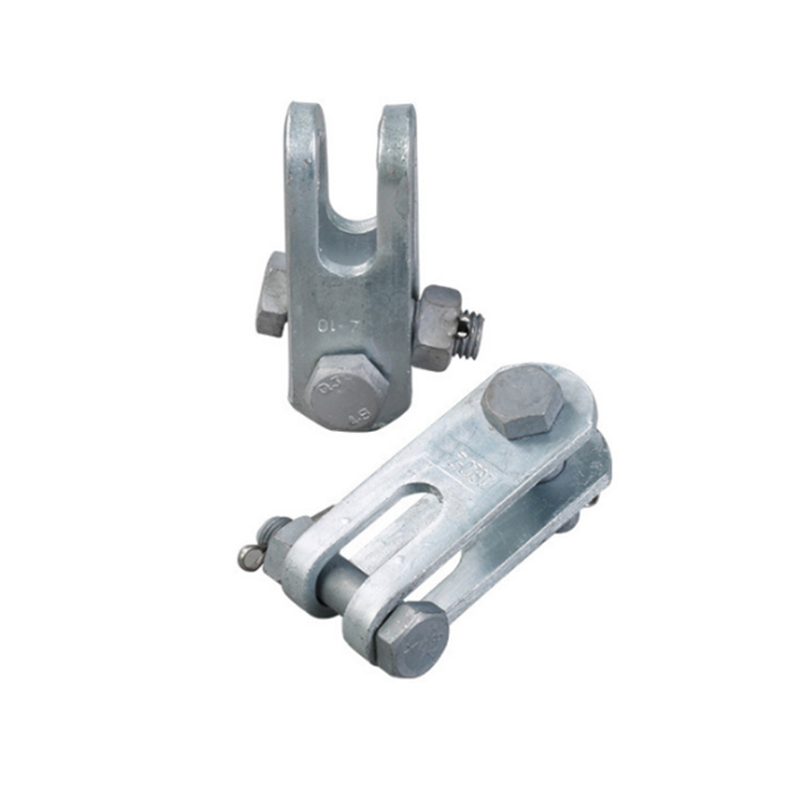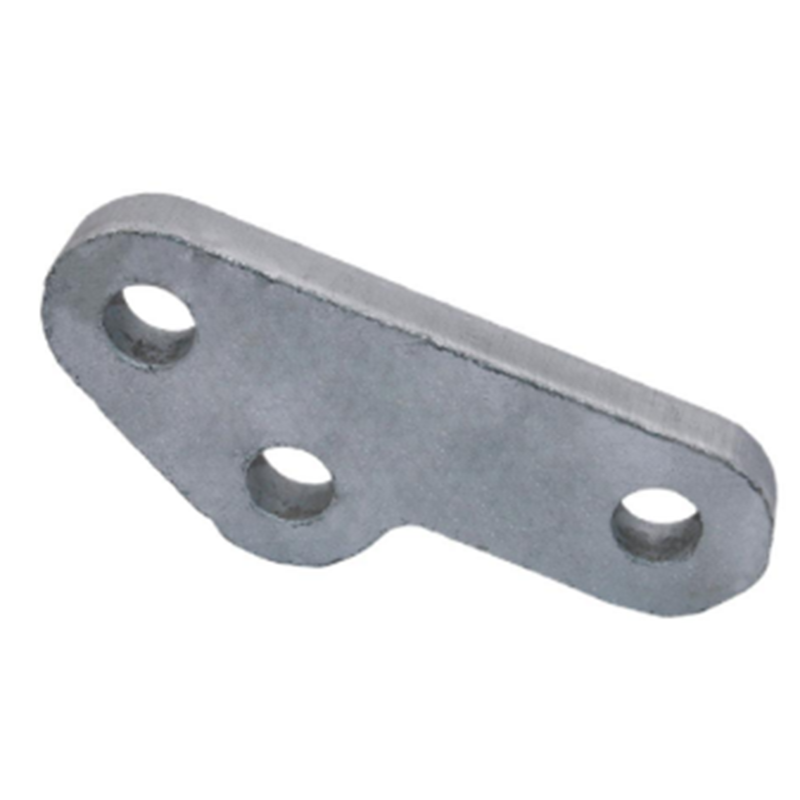- Chinese
- French
- German
- Portuguese
- Spanish
- Russian
- Japanese
- Korean
- Arabic
- Irish
- Greek
- Turkish
- Italian
- Danish
- Romanian
- Indonesian
- Czech
- Afrikaans
- Swedish
- Polish
- Basque
- Catalan
- Esperanto
- Hindi
- Lao
- Albanian
- Amharic
- Armenian
- Azerbaijani
- Belarusian
- Bengali
- Bosnian
- Bulgarian
- Cebuano
- Chichewa
- Corsican
- Croatian
- Dutch
- Estonian
- Filipino
- Finnish
- Frisian
- Galician
- Georgian
- Gujarati
- Haitian
- Hausa
- Hawaiian
- Hebrew
- Hmong
- Hungarian
- Icelandic
- Igbo
- Javanese
- Kannada
- Kazakh
- Khmer
- Kurdish
- Kyrgyz
- Latin
- Latvian
- Lithuanian
- Luxembou..
- Macedonian
- Malagasy
- Malay
- Malayalam
- Maltese
- Maori
- Marathi
- Mongolian
- Burmese
- Nepali
- Norwegian
- Pashto
- Persian
- Punjabi
- Serbian
- Sesotho
- Sinhala
- Slovak
- Slovenian
- Somali
- Samoan
- Scots Gaelic
- Shona
- Sindhi
- Sundanese
- Swahili
- Tajik
- Tamil
- Telugu
- Thai
- Ukrainian
- Urdu
- Uzbek
- Vietnamese
- Welsh
- Xhosa
- Yiddish
- Yoruba
- Zulu
- Kinyarwanda
- Tatar
- Oriya
- Turkmen
- Uyghur

Flat end screw
The Practical Insights into Flat End Screws
Understanding the role of a flat end screw can be crucial in various fastening applications. While it may seem straightforward, there are specifics that can significantly impact performance. Before you dive deeper, take a moment to dismantle the common misconceptions about these unassuming yet vital components.
What Exactly is a Flat End Screw?
So, here's the thing with a flat end screw, it's all about that flat tip. Unlike its pointed counterparts, it's designed without the taper. This makes it perfect for situations where you don't want the screw to puncture through materials or when you're dealing with a pre-threaded hole. Believe it or not, the flat end is generally underrated, especially by those new to the industry.
Flat end screws are invaluable when you're facing assembly tasks that require an even, flush finish. I recall a project where I had to deal with fragile surfaces, and a pointed screw would have been a disaster. Here, the flat end saved the day, applying pressure without damaging the structure.
The choice of material also matters. In environments where corrosion is a concern, stainless steel variants can make a world of difference. I've had firsthand experience with rust issues in damp locations that were mitigated by simply opting for the appropriate material.
Common Uses in Industry
The industrial applications of flat end screws are fascinatingly diverse. Automotive assembly often makes use of these screws to secure components, maintaining integrity without excess penetration. A colleague from Shengfeng Hardware Fastener Factory once shared how their clients in the automotive sector find these screws indispensable for certain mounting tasks.
Beyond cars, think of household appliances or electronic devices—here, flat ends ensure snug fits without compromise. It's the kind of detail that often goes unnoticed by the end-user but is crucial to the product's durability and performance.
I remember in one case, a customer had faced repeated failures using the wrong type in a household gadget. Switching to a flat end screw is what finally resolved the issue. This serves as a testament to the importance of understanding the nuances in screw head types.
Installation Tips and Tricks
Installing a flat end screw isn't rocket science, but there are practical considerations. For one, alignment is key. When dealing with a pre-threaded hole, ensure the initial alignment is spot-on to avoid cross-threading, which can drastically reduce effectiveness and strength.
Another pro tip? Always consider the torque setting. Too much and you risk damaging the threads or the host material. Using a torque wrench might sound excessive for some applications, but I've seen it save a project from disaster more than once.
Lubrication can also be beneficial, especially when working with metallic surfaces. A little anti-seize can go a long way in preventing galling, particularly when the screw will be removed and reinstalled multiple times.
Choosing the Right Screw for Your Needs
With over 100 specifications available at places like Shengfeng Hardware Fastener Factory, knowing what suits your project can be daunting. A straightforward approach is to start with the material composition—ask yourself, what will the flat end screw endure?
From there, evaluate the load. Is it constant, dynamic, or prone to vibration? For high-vibration areas, consider locking mechanisms but ensure they don't require a pointed screw. In past installations on equipment subject to significant movement, flat ends with lock washers did the trick.
Engage with suppliers for insights. Shengfeng's team, accessible via their site, https://www.sxwasher.com, offers guidance tailored to client requirements, a testament to their expertise and geographical strategic positioning in Hebei.
Real-World Challenges and Solutions
Challenges seem to follow every installation project, don't they? For instance, handling materials with varying densities can complicate matters. The trick lies in testing and adapting. Switching from a standard flat end screw to a custom length or thread might be necessary, which I learned the hard way after a few costly errors.
In highly specific applications, bespoke solutions from knowledgeable manufacturers like Shengfeng become invaluable. They offer customization that addresses unique operational needs, something I discussed with them for a complex assembly line retrofit.
Reflecting on past projects, the importance of continual learning is clear. Every challenging scenario sharpens skills and broadens understanding—elevating the respect for something as elemental as a screw, especially a flat end screw.
Соответствующая продукция
Соответствующая продукция




